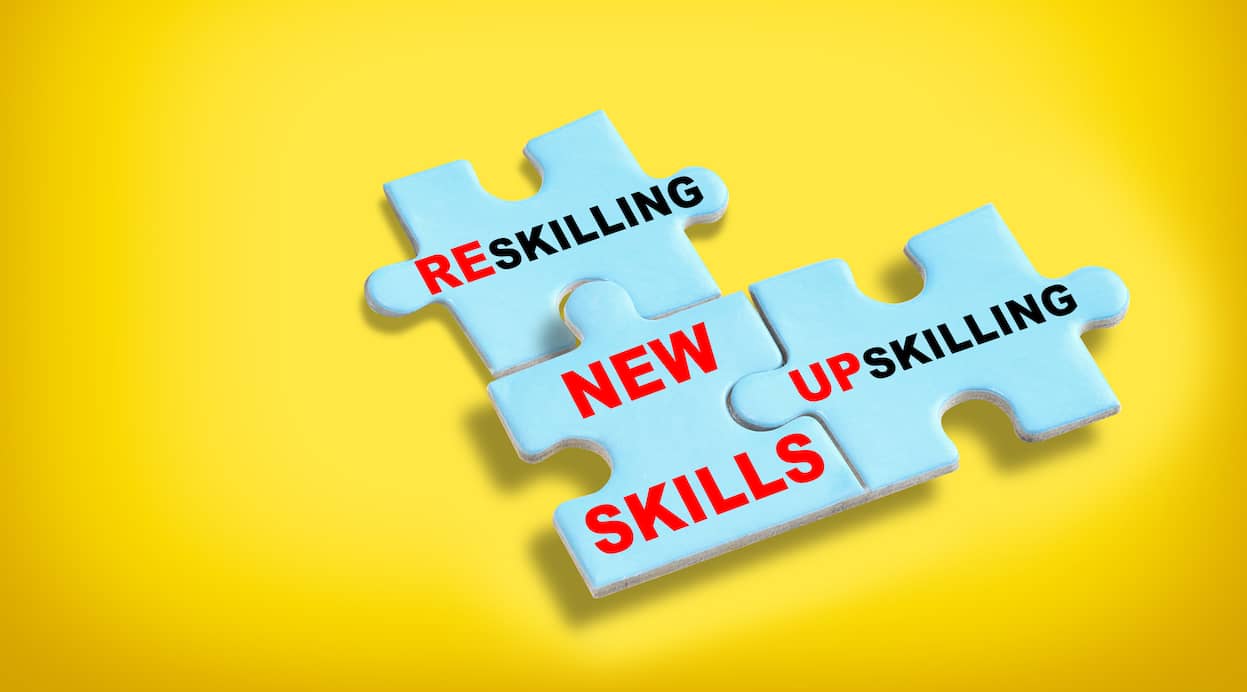
Featured
Blog
Everything you need to know about best practices in vocational training

14 May 2022
It’s clear that the pandemic and the resulting lockdowns have accelerated the digitalisation of training. In no time at all, professional training methods have been completely transformed. Delivering traditional in-person training has been made much more difficult. Companies are being forced to look towards digital learning methods, based on e-learning or blended learning.

14 May 2022
Do you find millennials a difficult generation to train? We’ll provide you with some key pointers for how to engage them, including working in groups, freedom of expression, visual communication and learning by experience.

13 May 2022
The world of work is set to undergo a global reskilling revolution. That’s according to analysis conducted by the World Economic Forum, which has claimed that almost one third of all jobs worldwide will be transformed by technology in 2030. As jobs evolve, so will the skills required to perform them. Reskilling workforces will therefore be crucial to ensure that employees have the skills they need to perform the jobs of the future and fulfil their potential.

12 May 2022
According to a report published by the ONS, there were a record 1.2 million job vacancies in the three months to November 2021 in the UK, with businesses struggling to fill posts. The main reasons for this were a low number of applications and a lack of qualified applicants – indicating an economy-wide, national skills shortage.

12 May 2022
Have you ever struggled to find the right person for a role, no matter how hard you tried to advertise the job and provide a generous rewards package? You’re not alone. According to a report published by the Open University, more than two-thirds of employers have struggled to recruit workers with the right skills. And this skills gap costs organisations an eye-watering £4.4 billion in recruitment fees, temporary staffing and increased salaries.

12 May 2022
You’ve probably heard about hard and soft skills. The first refer to measurable talents and abilities – such as being able to create a graph using Excel – while the second refer to subjective skills that are more difficult to quantify, such as performing well under pressure.

12 May 2022
The retail sector has experienced unprecedented upheavals over the past couple of years. Successive lockdowns during the pandemic, compounded by the supply chain issues brought about by Brexit, have had an adverse effect on the sector’s sales and profits, leading to redundancies and causing many workers to leave the sector.

11 May 2022
Is your business looking for high-quality online training content? Are you looking to create a catalogue of e-learning modules that meet your employees’ needs? These questions are becoming increasingly pertinent amidst the ongoing changes to the worlds of work and training. Luckily, off-the-shelf content delivered via LMS can help to address many of the issues companies face and enable employees to gain new skills.

11 May 2022
Not quite sure what off-the-shelf courses can offer your business? Or are you struggling to choose between the thousands of modules available on your LMS? In this article, the Rise Up team will walk you through the kinds of skills your employees can gain thanks to off-the-shelf training content.



